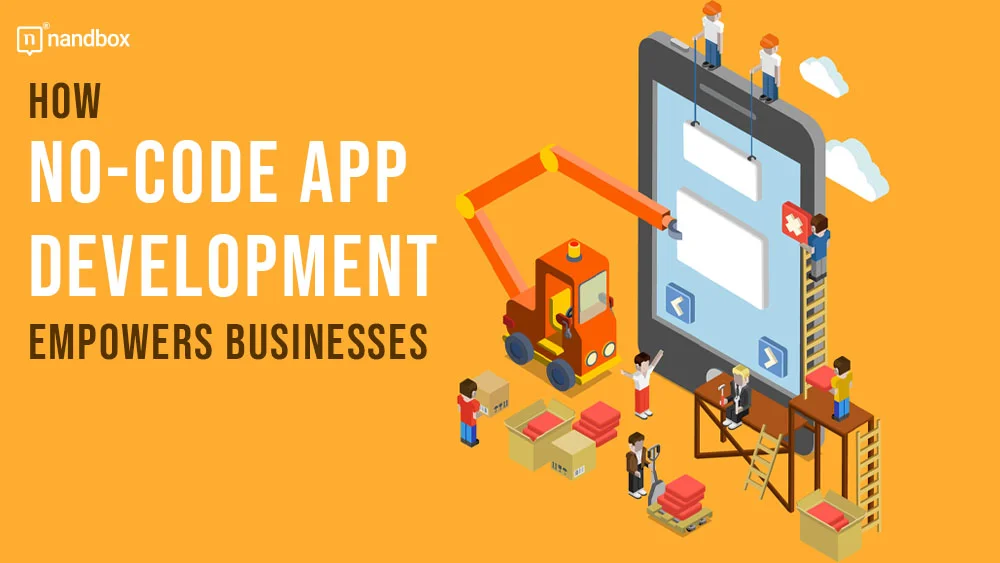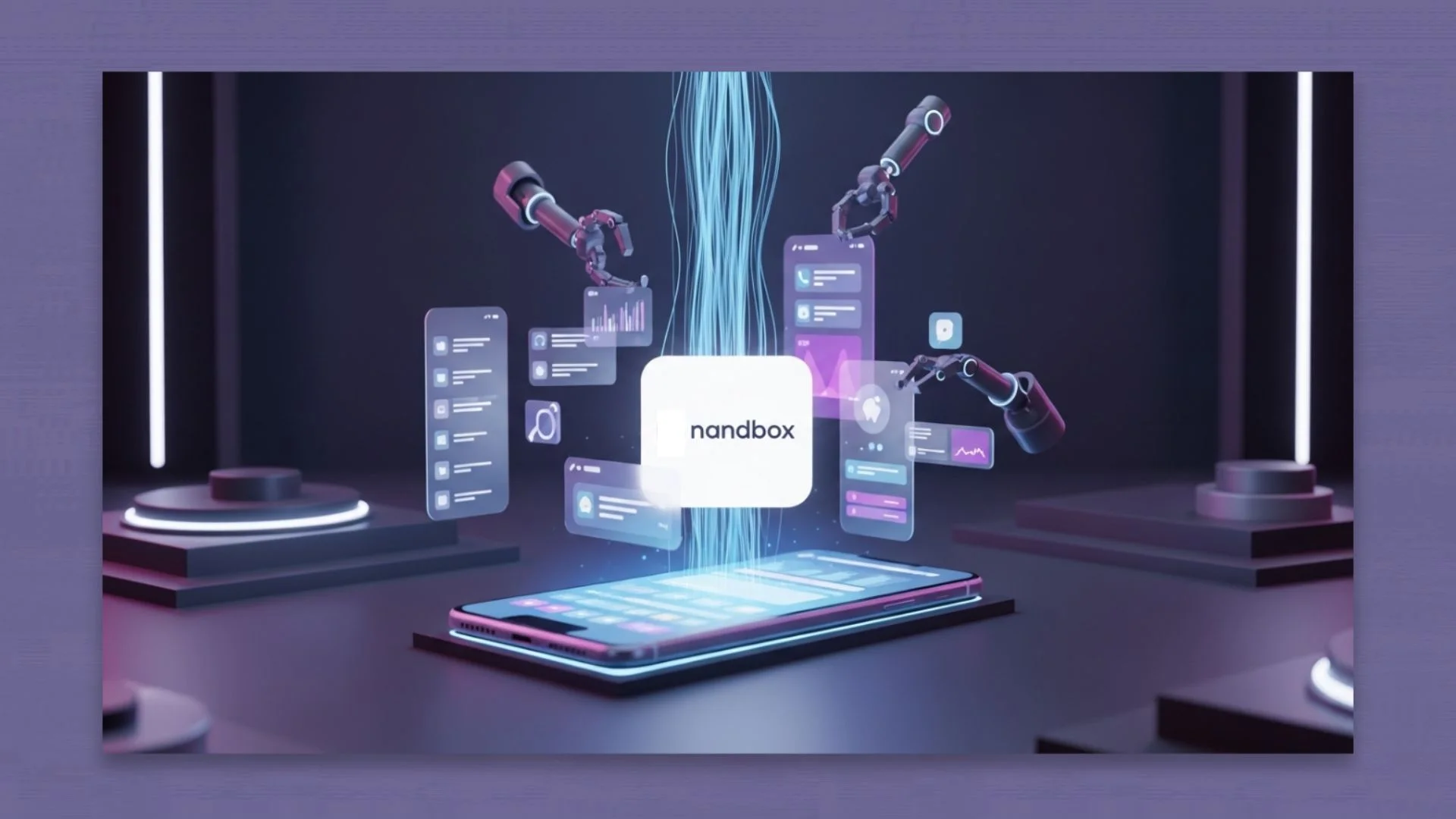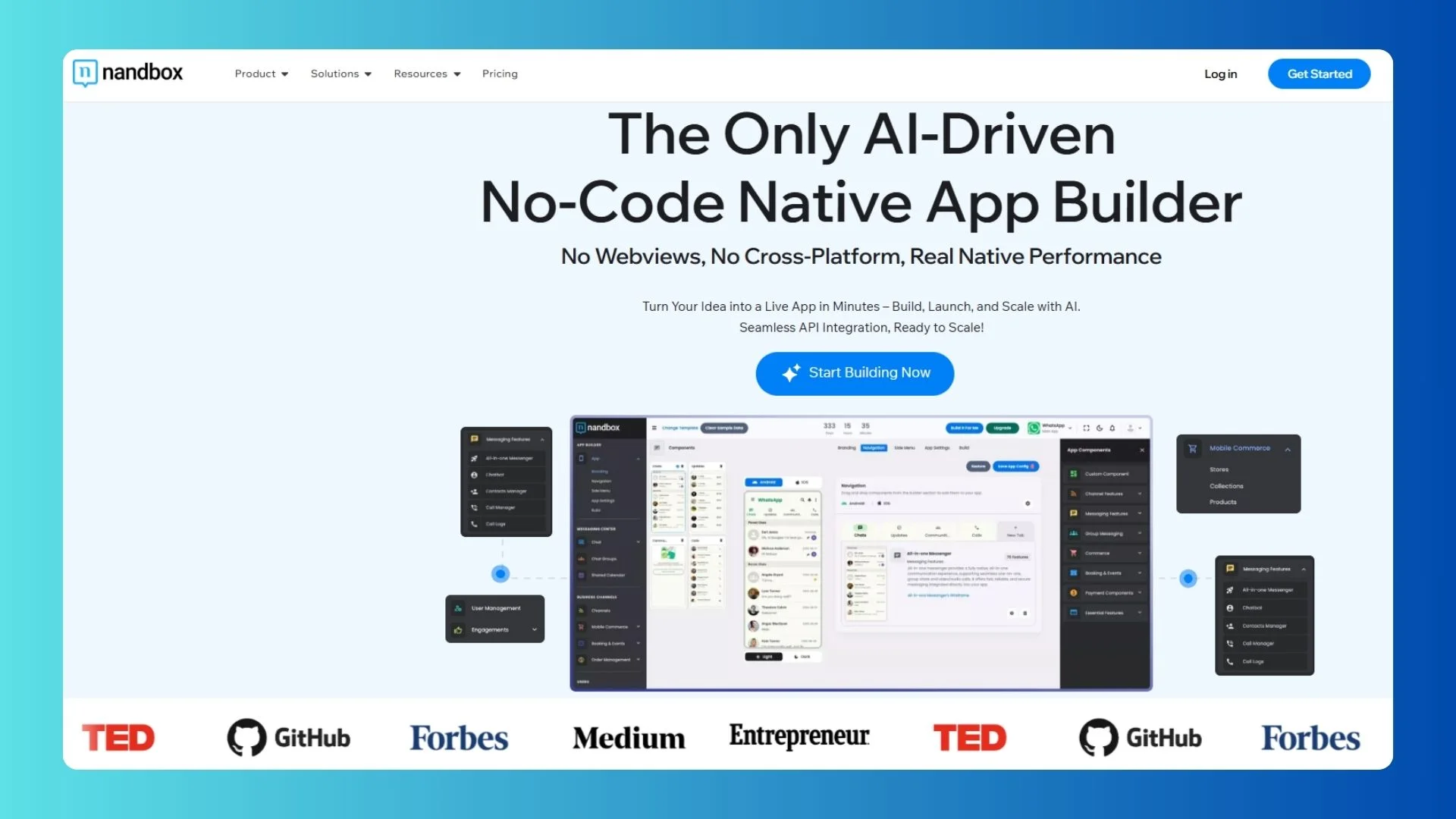The digital age has brought about changes compelling businesses of all scales to step up their game. There is an increasing pressure to innovate, adapt, and deliver exceptional digital experiences not just to end users but to companies they work with in business-to-business scenarios. That being said, traditional app development now requires more significant resources, time, and technical expertise, which won’t always be beneficial to small to medium-sized enterprises (SMEs).
Hence the introduction of no-code app development—a groundbreaking approach that allows businesses to create applications without writing a single line of code. This shift is now enabling companies from various sectors to turn their visions into reality, streamline operations, and stay competitive in a digital world where coding seems to be a necessity.
What Is No-Code App Development?
As the name implies, no-code app development refers to the use of platforms where users (aka the company) can create apps without tedious coding. This is done easily by using programs that offer intuitive visual interfaces with practical drag-and-drop functionality and with hundreds if not thousands of pre-built yet customisable templates. Unlike traditional development, which relies on programming languages and technical expertise, no-code platforms provide an easy way to design and deploy apps quickly and efficiently.
Some examples of platforms with user-friendly interfaces are Glide, Bubble and Adalo. They were specifically designed to allow even technical users to develop apps for various uses without restrictions, unlike traditional code-heavy programs. Was it really necessary? We believe so, and here are the reasons why.
Key Benefits of No-Code App Development Programs
-
Lower Costs
Perhaps one of the biggest benefits of no-code programs is cost savings. Conventional app development teams require developers, designers, and project managers. These are all specialists that need to be hired at high salaries. Building this team alone leads to higher upfront costs. By opting for no-code platforms, businesses remove the need for such extensive manpower, reducing expenses significantly. This makes it preferable for startups or SMBs that are working with a limited budget.
-
Faster Time-to-Market
When developing apps, extensive coding and debugging are anticipated and are all part of the timeline. What really takes time, aside from the technical aspect, is having to go through several departments and staff to get things done a certain way. For instance, a draft will be sent to various contributors before it gets approved. Any revisions will have to be recommunicated to the same group of people and then back again for approval. When the approvers themselves can oversee the process, the timeline is significantly shortened. No-code platforms make this possible, and companies can then bring their products to the market faster.
-
Empowering Non-Technical Users
No-code tools allow marketers and business managers to take charge of app development and build it to their specifications. No need to depend on technical development teams who may have to be briefed about the requirements, adding more hours to the timeline. Since these platforms bypass the complexities of coding, anyone with a full understanding of the product, logical thinking and creativity can build an app that’s precisely how it’s supposed to be. By lowering the barrier to entry, no-code tools enable creative solutions across industries, from small startups to large enterprises.
-
Flexibility and Scalability
More modern no-code platforms allow businesses to customise their apps to meet specific needs. Though not always, bigger development teams will always recommend that businesses go big and anticipate the demand for the app before it becomes available to users. But what happens if the app doesn’t perform as expected? The company will have then used significant resources and ended up with significant losses. But with these platforms, companies can start small and grow the apps as it gains traction.
How Does No-Code App Development Transform Industries?
No-code technology is making waves across various industries, enabling businesses to innovate and optimise their operations. Here’s how:
-
E-commerce
E-commerce businesses leverage no-code platforms to create feature-rich apps for online shopping, order tracking, and customer engagement. With tools like Shopify and WooCommerce integrations, retailers can build seamless mobile experiences without technical overhead. This enhances customer satisfaction and boosts sales.
-
Healthcare
In healthcare, no-code apps are used to manage patient records, schedule appointments, and streamline communication between providers and patients. Platforms like Glide allow medical professionals to create HIPAA-compliant solutions with ease. These apps improve efficiency and patient care, reducing administrative burdens.
-
Education
Educational institutions and ed-tech companies use no-code tools to develop learning management systems (LMS), virtual classrooms, and student portals. This fosters better engagement and accessibility for students and educators alike. The ability to quickly adapt to changing educational needs is a game-changer for schools and universities.
-
Real Estate
Real estate businesses use no-code apps to showcase property listings, schedule viewings, and manage client relationships. These apps enhance the customer experience while streamlining operational workflows. By automating repetitive tasks, realtors can focus on building stronger client relationships.
-
Event Management
Event planners rely on no-code platforms to build apps for ticketing, attendee management, and real-time event updates. These solutions enhance attendee engagement and simplify logistics. From small gatherings to large-scale conferences, no-code tools ensure seamless event execution.
Overcoming Myths and Misconceptions
Despite its advantages, no-code development faces scepticism from some quarters. Let’s address common misconceptions:
“No-code apps lack scalability.”
While no-code platforms may have limitations, they are continually evolving to offer robust scalability options. Many platforms now support API integrations and third-party tools for added functionality.
“No-code means no control over the app.”
Modern no-code platforms provide extensive customisation options, allowing businesses to tailor apps to their unique requirements. Advanced users can even integrate custom scripts if needed.
“No-code is only for simple apps.”
While no-code is ideal for basic applications, it’s also capable of handling complex workflows and integrations. Businesses have successfully used no-code to create sophisticated solutions for CRM, ERP, and e-commerce.
Practical Applications and Case Studies
Case Study 1: Streamlining Internal Operations
A mid-sized logistics company used a no-code platform to create an internal tracking app. This app streamlined communication between dispatch teams and drivers, reducing delivery times by 20% and improving customer satisfaction. The success of this initiative underscores the power of no-code in operational efficiency.
Case Study 2: Launching a Customer Loyalty Program
A local coffee shop chain developed a no-code customer loyalty app to track purchases and offer rewards. The app increased customer retention by 30% within six months. This example highlights how no-code tools can drive business growth and enhance customer engagement.
Choosing the Right No-Code Platform
Selecting the right no-code platform is critical for success. Here are key factors to consider:
Ease of Use: Ensure the platform offers an intuitive interface suitable for your team.
Scalability: Choose a platform that can grow with your business needs.
Integration: Look for tools that support third-party integrations to enhance functionality.
Support and Community: Opt for platforms with robust customer support and active user communities.
Comparison: No-Code vs Traditional Development
| Aspect | No-Code Development | Traditional Development |
| Speed | Fast, often completed in days/weeks | Slow, typically takes months |
| Cost | Low, minimal upfront investment | High, involves significant expenses |
| Technical Expertise | Not required | Essential |
| Flexibility | Limited to platform capabilities | Highly customisable |
| Maintenance | Handled by the platform | Requires dedicated resources |
| Scalability | Moderate, depending on the platform | High, tailored to needs |
No-Code and SEO: A Perfect Match
No-code platforms are perfect for app development. But unknown to many, they are also highly valuable in boosting your digital marketing efforts. Here’s a good example. Several no-code platforms allow digital marketers and SEO experts to manage meta tags, sitemaps, and responsive design with ease—key components that impact search engine rankings. What this means is having an app or website that will get good online visibility even without extensive technical expertise.
To maximise the benefits of these built-in features, businesses can partner with providers of professional SEO services who offer tailored SEO packages. You can simply get help with SEO and then manage the app development on your own. It’s still more cost-effective than hiring an SEO team plus an additional app development team with IT experts.
The Relevance of No-Code in 2025 and Beyond
As the year comes to a close and we move into 2025, no-code app development continues to flourish and gain visibility as businesses start prioritising flexibility and innovation. The technology’s relevance stems from its ability to bridge the gap between technical limitations and business ambitions. With trends like hyper-personalisation, omnichannel experiences, and AI integration, no-code tools are poised to play a pivotal role in shaping the future of digital transformation.
Hyper-Personalisation
Because of no-code platforms, businesses can now deliver a hyper-personalised user experience. Together with the growing AI integration, companies can now tailor app builds to distinct user preferences. Apps that learn individual behaviour and use it to adapt are more likely to drive engagement and inspire loyalty in users. Additionally, using AI means being able to integrate chatbots or customer support in an app, which improves reliability for customers. It also gives users a sense of trust that using the app is secure and they will never have to deal with issues on their own.
Multichannel Experiences
Users all over the world use different websites and various devices. Some prefer laptops, phones, tablets and yes, even gaming consoles to use apps. No-code platforms make it easy for businesses to create apps that work seamlessly across these devices. Similar to games, cross-platform compatibility is a highly desired feature. Imagine using an app and being able to sync all progress to another device seamlessly. Imagine being able to use the app in any of your gadgets in case one is down. That just increases productivity and levels up accessibility.
The Future of No-Code App Development
It used to be that app development came with traditional barriers. But with no-code technology, more professionals can create innovation without all the technical gatekeeping. Truly, this more inclusive shift will result in more technological breakthroughs.
No-code app development is not just a trend—it’s a transformative process that now allows businesses of any size to adapt and excel in a highly competitive market dominated by technically superior professionals. But now, whether you’re a small startup or an established enterprise, you can realise your full potential with no-code technology. There’s no better time to explore no-code than now. In conclusion, the nandbox App Builder offers a robust solution for businesses to create customized mobile apps without coding expertise.






